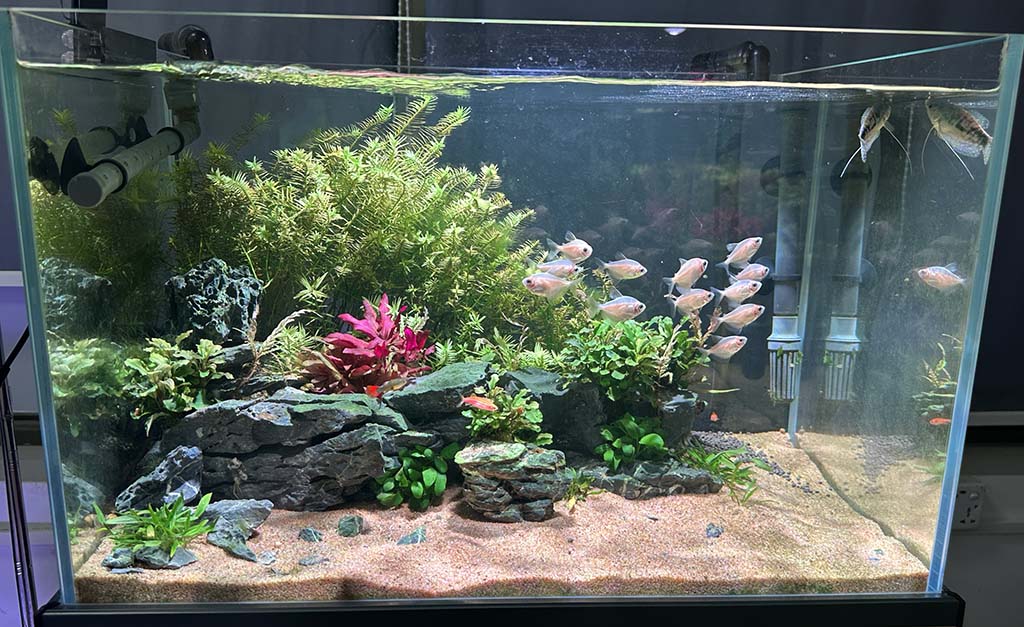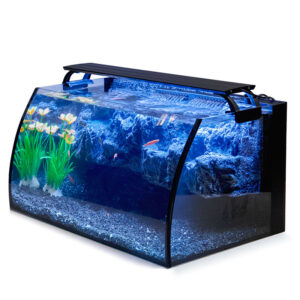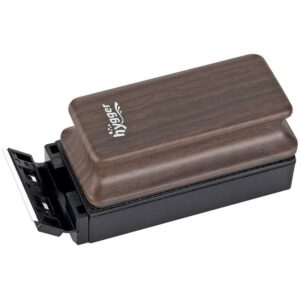Once the aquarium is selected, it is necessary to consider placing it in the right place. Many factors affect the placement of your aquarium.
Content Table
Have enough space for the aquarium?
Before you buy an aquarium, you should know the size of the aquarium you want to buy, but if you buy a very large aquarium, such as 2 meters long or longer, or more than 0.6 meters wide, then can the box of this aquarium be moved into the door? This sounds stupid, but it does happen often. And if it can’t go through the door and you don’t want to give up your new aquarium, you can only move your aquarium in from the window. Therefore, it is necessary to bring a tapeline when choosing an aquarium.
Where to Put It?
Generally speaking, the aquarium is placed in the living room. Because fish are easily frightened, the aquarium should be kept away from the door to avoid people walking back and forth and thus disturbing the fish; the door is ventilated and will lower the water temperature. Direct sunlight in the aquarium is also not good, it will cause the water temperature to rise and algae to grow.
Fish are also very sensitive to noise and vibration, so the aquarium should be far away from the TV, especially away from fidelity speakers.
It should be placed far away from radiators, windows, and doors, and placed horizontally, close to the power source, and at the same time convenient for you to sit down and enjoy (such as on the opposite side of the sofa). A beautiful aquarium will add luster to any room.
Use a level to check whether the floor is level. If it is not level, the water surface will be inclined, and the water line and the decoration of the aquarium will be unsightly.

How Heavy is the Aquarium?
This is an important factor to consider because they are very heavy when filled with water. An empty aquarium with a large ecological aquarium (1.2 meters long, 45 cm wide, and 38 cm tall) weighs 53.8 kg and will weigh 268.5 kg when filled with water. This weight is not light. When placing such an aquarium on the floor, you need to cleverly distribute the weight horizontally on several joists.
An aquarium of this size and its full weight prevent you from putting it on the floor because it is like a bathtub filled with water. For large aquariums, you should seek advice from a construction engineer. Because you may need a reinforced concrete or reinforced floor to support it.
A four-legged bracket cannot bear such a weight, and it can be dispersed by removing the foot pillars.
Buffer
Traditionally, a piece of polystyrene film should be placed on the bottom of the glass aquarium to make the contact surface between the glass bottom and the cabinet more even. If you don’t do this, it may cause cracks in the bottom of the aquarium, and the water will flow out. The ultimate price is to lose your dear fish.
Nowadays, some aquariums have their bases to cushion the impact. These built-in foam bases raise the bottom of the aquarium.
Using polystyrene cushion foam bases can cause some problems. Therefore, when purchasing, be sure to check whether it is a glass aquarium that requires cushioning, or an aquarium with a foam base that does not require cushioning. If you choose improperly, you may not be able to get a warranty from the merchant if the aquarium is damaged.
Tips
Once the aquarium is full of water, do not move it, even for small fish aquariums. It will be extremely heavy, even if it is just dragging the aquarium, it may seriously affect the structural integrity of the aquarium.
Give yourself space
Do not squeeze the aquarium into a very compact niche, or close to the wall, because it is usually necessary to leave a small space on the back of the aquarium to install a power supply, a hanging protein skimmer, or a tubular filter. This space will make operation and maintenance easier.
Safety first
Pay attention to the safe use of electricity and water, so make sure not to plug the aquarium power supply directly into an electrical outlet. Make sure that any wire has a curved tube, which means that a part of the cable is recessed. If there is water dripping, it will gather at the bottom of the recess and then drip. If you plug a cable directly into the socket, when there is a drop of water, it will go directly into the power panel.
When the equipment fails, the leakage protection device or the RCD power switch can be used. It is not only suitable for outdoor ponds but also provides additional safety protection indoors.


Leave a comment